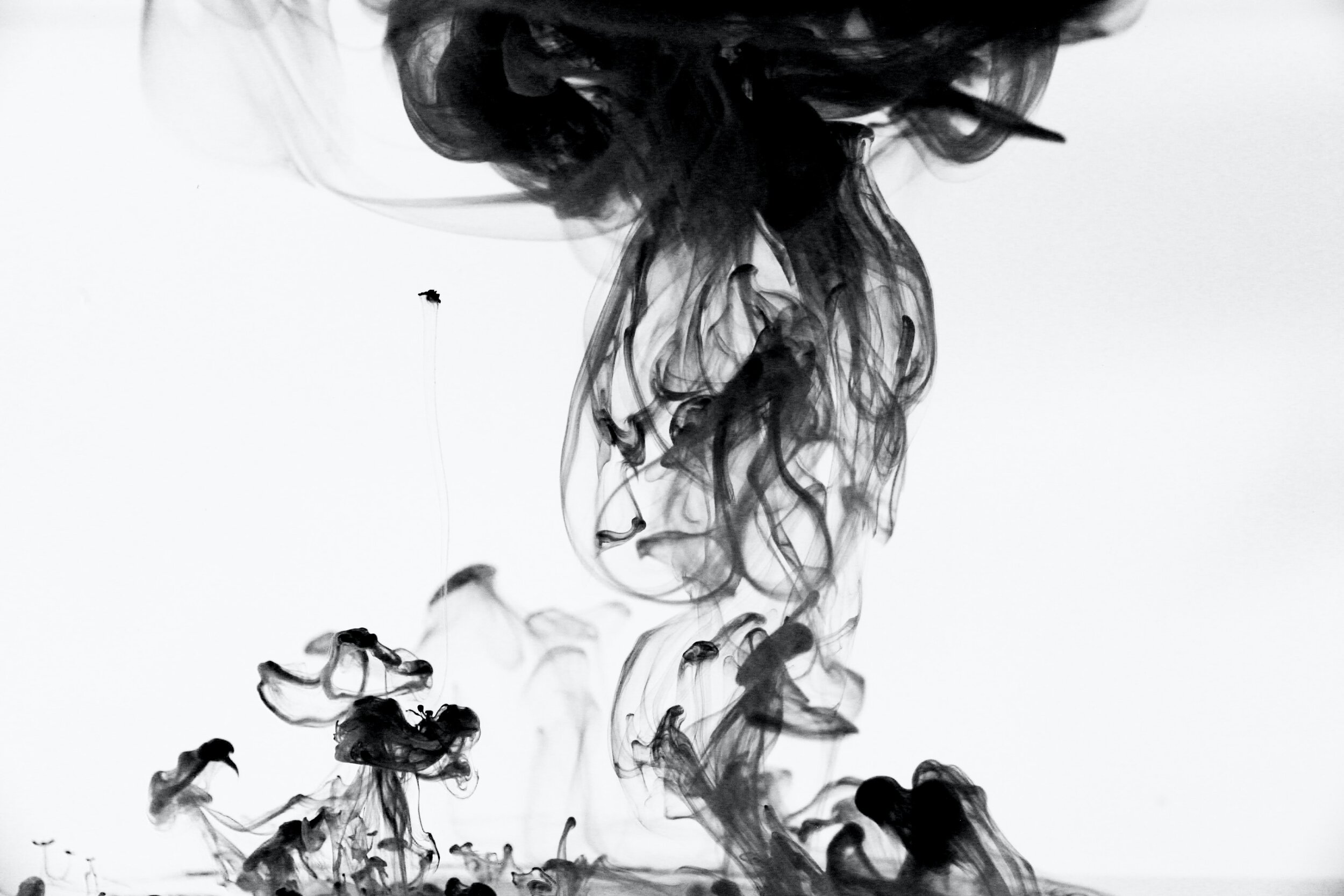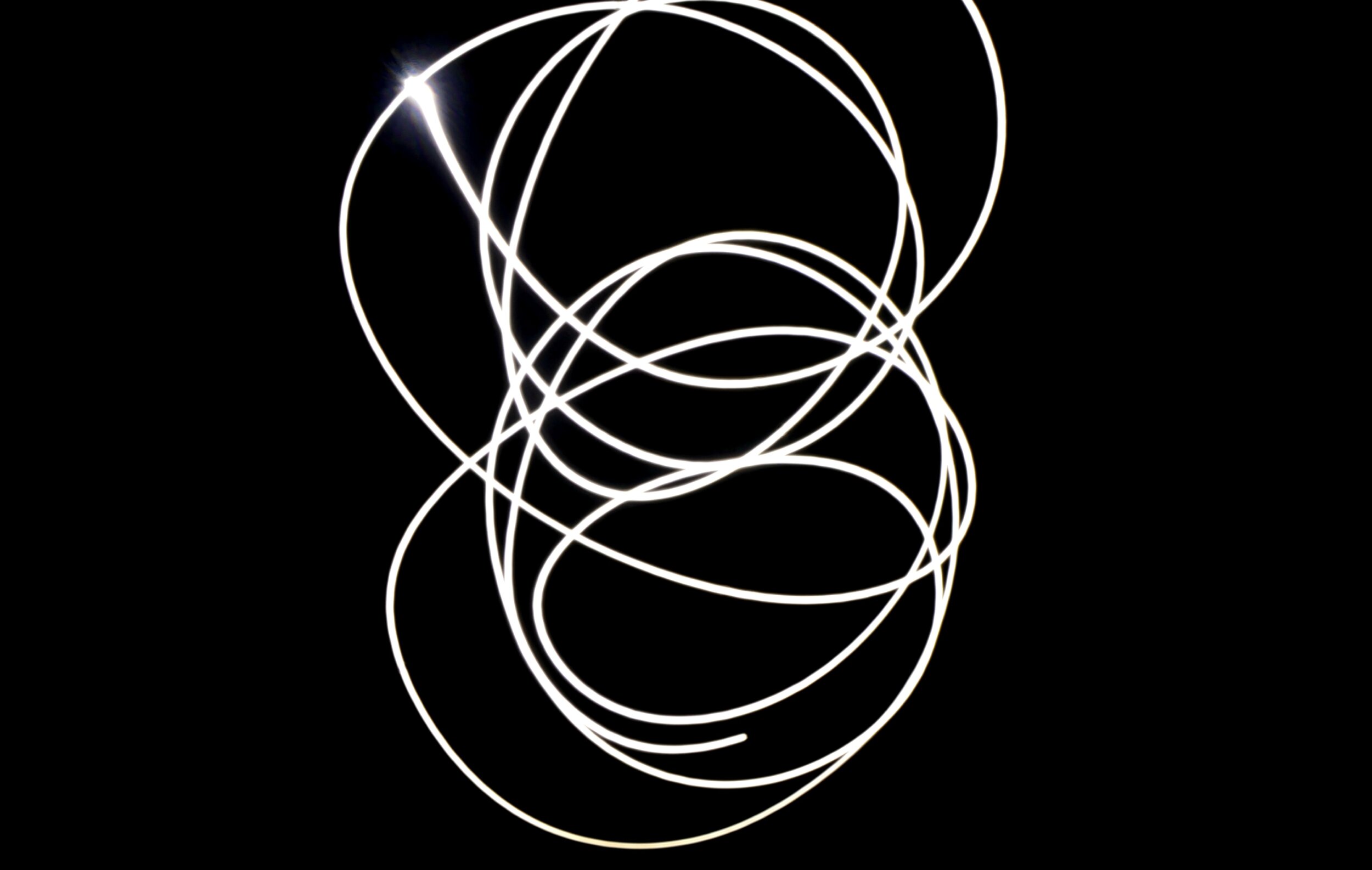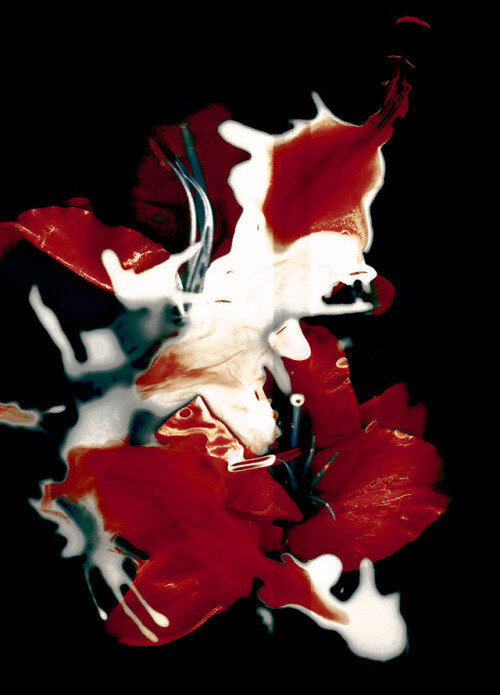Destruct and Create: Transformation in times of Corona
By Hayat Chedid. Image Credits: Katrin Hauf.
We are living in challenging times. Data suggests that the current pandemic will cause the worst economic crisis since the Great Depression, which in itself was a steppingstone into World War II. The current crisis is one of these defining moments: there will be a clear “before and after” COVID-19 pandemic. The question is how leaders want to and will live up to this historical moment. We need to reinvent much of what we do, and not only how we do it. Once we manage to shift our energy, minds and hearts away from denial and let go of old, unsustainable systems/behaviours that no longer serve us, we will move to the space of creativity that the new needs.
Letting go of the world we knew is not an easy feat, even though it is not a trade-off in the hearts and minds of many. Many of us do not want to go back to the old, even though the path forward is uncertain. While creating and materialising the new needs courage, holding to the uncomfortable comfort zone uses as much strength and energy, both of which are very much needed for the transformation ahead. Navigating the way through transforming oneself is painful and tedious yet necessary, as it is only through the death of the old that the new can emerge. It is particularly challenging now, as we are going through the current crisis collectively and we will need a critical mass to create. On the other hand, the collective experience might give us the courage not only to reflect, rethink and create but also truly connect. None of us needs to go through this alone.
Leaders’ response to the crisis will to a great extent determine what is on the other side. The choices we make in this period, or the ones we abstain from making, will define what some call the new economy or new era. Responses will vary and so are the trajectories and hence the outcomes.
Depending of the capability of leaders and their teams to embark on the painful process of redefining the self through des-identification, there are three different responses to the current crisis:
Fear and loss of control: the clinging effect
Response 1
Fear is likely to lead to defensive strategies. In a desperate attempt to align to what they cannot comprehend, leaders can become reactive or passive, the defector handing over control of their enterprise to their environment, like letting go of the rudder in a big storm.
The permanent doubt and apprehension of the leader to take a decision keeps them in a ‘neither-nor' status. Facing the current crisis, leaders who avoid exploring the solution that would end the old state are inhibiting their capability to explore truly innovative opportunities. They are staying in the comfort zone, even when uncomfortable. This stems from the fear of the unknown, the same fear that is triggered by not understanding.
Running a business, there is no greater fear than the one of the “clean sheet”—the virgin drawing board that invites us to let go of frameworks, old patterns and past experiences to create, even shortly, from a boundless space. This is unconformable and even disorienting. Unfortunately, pre-defined “boxes” and the experience of previous crises might not help in this unprecedented world state. Hence, going to a virgin drawing board might be necessary.
Search for the perfect response & the roundabout effect
Response 2
Leaders know well that searching for the perfect strategy is an illusion. However, when facing turbulent times, the need for something to hold onto leads many leaders to take solace in having a detailed proven plan.
Unfortunately, sometimes the plan becomes the new reality and creates a roundabout effect: we fall back on old recipes, repeat our/the firm’s historical pattern and/or following trends of the time resulting in repetitive patterns. With the corona crisis, this attitude will likely yield disastrous outcomes that will not be limited to classic agitation or statism. We cannot pretend to know, now.
Create and Destruct:
The art of the impossible
Response 3
I firmly believe that the old needs to die for the new to emerge; the new needs creativity and freedom from the old patterns to emerge. The mythical goddess Kali is the symbolic embodiment of Destruction/Creation. Like Kali, we should embrace both dimensions with indifference, energy and excitement. Destruction and Creation are equally needed to open new skies.
When the transformation trigger is excitement and constructive dreams, leaders have the ability to recognise opportunities out there. The ‘excitement' is the state in which transformation is possible. This state is unfortunately fragile and can only lead to strategic innovation and creative change under the following conditions:
No more fear of loss of control or power, no more false hope and illusions;
Re-questioning the business existence and its purpose critically and fundamentally;
Adhering to the necessity of diversity of thought and antagonistic views as leaders;
Having processes that allow the clean sheet approach;
Preserving individual creativity through 'identification by misidentification' rather than seeking sameness, belonging and hastened consensus;
For sizeable firms, minimising middle management's fear of loss of power;
Empowering middle managers to effectively implementing change, as they are key to its outcomes;
Allowing unconventional approaches to strategy. Strategy is a desire, a vision; it is an art rather than a science.
I believe that today's world requires us to commit to The Art of the Impossible, and overcome the individual and collective patterns that are holding us back. This trajectory is one of “identity death” at an unprecedented scale, with leaders being at the front lines. We enable leaders to get there, so that they can lead the way.
Want to learn more about how you can drive transformation as a scale-up leader ? Reach out to hayat.chedid@upshotimpact.com.







